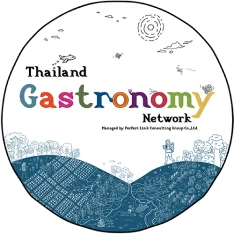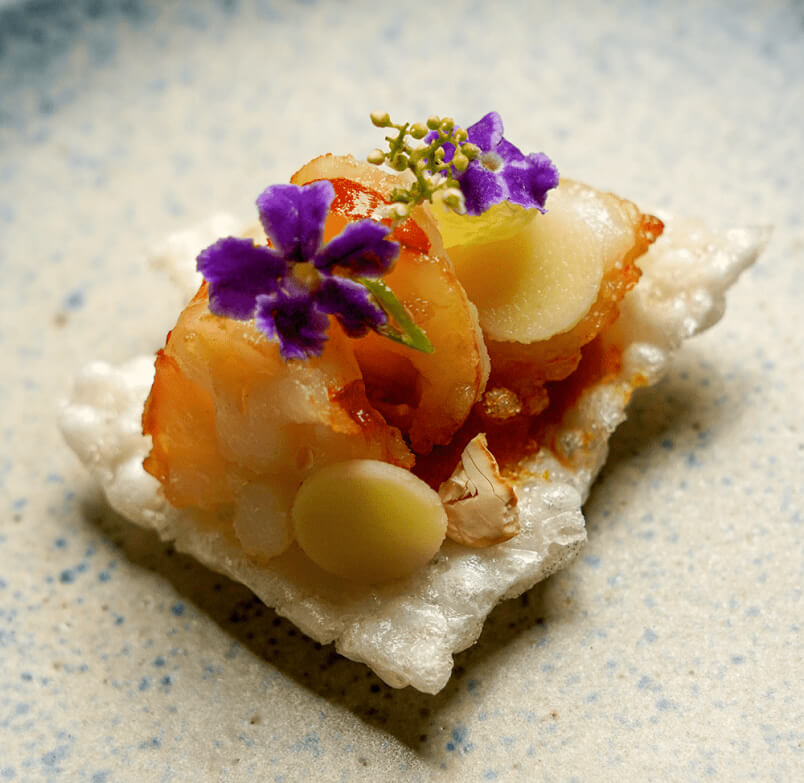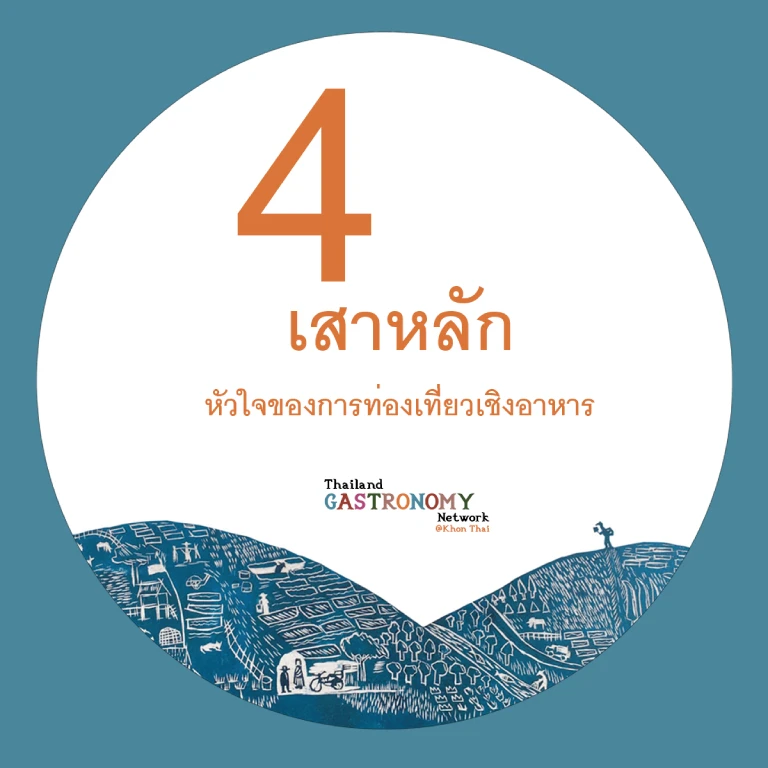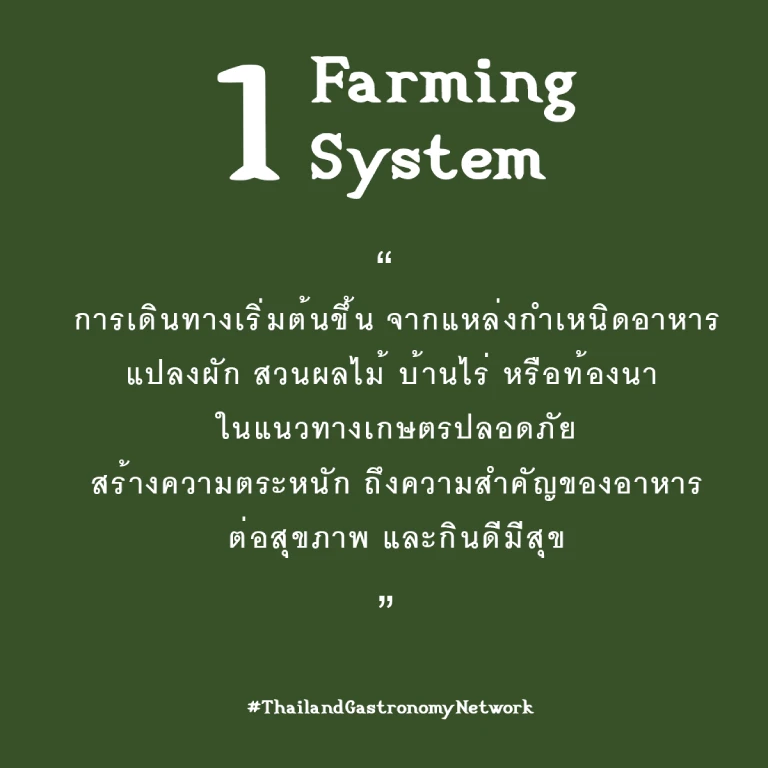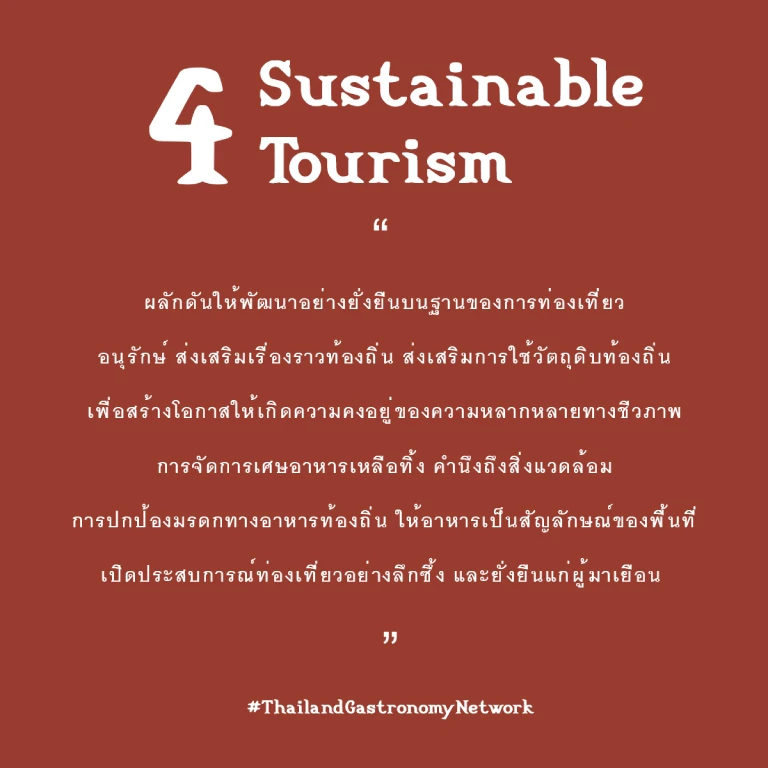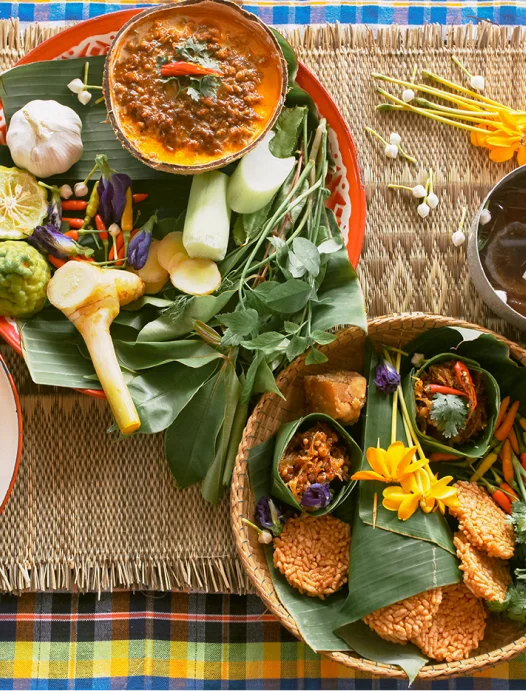
Educational Research Initiatives
Our educational research initiatives comprise an integrated, networked, and holistic approach to food and food culture that spans the continuum from production through post-consumption. This includes landscapes, place, agriculture and food production, food traditions, food presentations, hospitality, eating, culture and heritage, lifestyle, destination development, sustainability and importantly, their synergistic relationship between gastronomy as an expression of the culinary arts and creativity, innovation, and design. A wide range of initiatives aims to ensure that we all will have a quality destination offering a unique, diverse experience, and will be committed to responsible, sustainable, inclusive, and balanced development, to contribute significantly to the socioeconomic well-being of people.
Highlight of Our Research Projects
Educational Research Initiatives
By definition, cuisine is a particular style of food preparation characteristic of a region. Its meaning and significance, however, is far deeper than this simplistic definition suggests. Cuisine is the outcome of a region’s unique history, its products/ingredients (and the land from which they come), and the social norms and customs of the group that dictate the way in which food is produced, prepared, and consumed. Cuisine is imbued with social and cultural capital. It is this social and cultural capital that is at the core of gastronomy and tourism.
The 4 Pillars
These four pillars are experienced as a “journey” co-created by the tourist and the host community in which they come together in a place-based approach that captures local character.
Farming systems underpin the food system; they are the source of all cuisine.
Cuisine is more than just food; it is an expression of culture and identity. By telling the story of local food (through sharing cuisine, cooking classes etc.), host communities share Thai knowledge and wisdom with their guests, creating a deeper and more meaningful experience.
As an expression of culture, the stories of food and cuisine can also be expressed and experienced through creativity and creative industries (art, literature, and music, film, photography, fashion and many more.)
Taken in their entirety, these create sustainable tourism experiences that contribute to community development, local pride, and an enhanced tourism experience for both tourists and locals.
Pillar 1: Farming systems and Organic Ingredients
Pillar 2: Story of Food
Pillar 3: Creative Industries and Creative Culture
Pillar 4: Sustainable Tourism
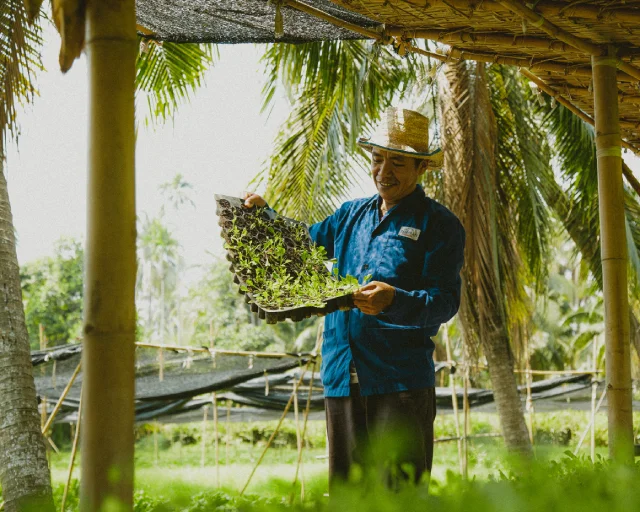


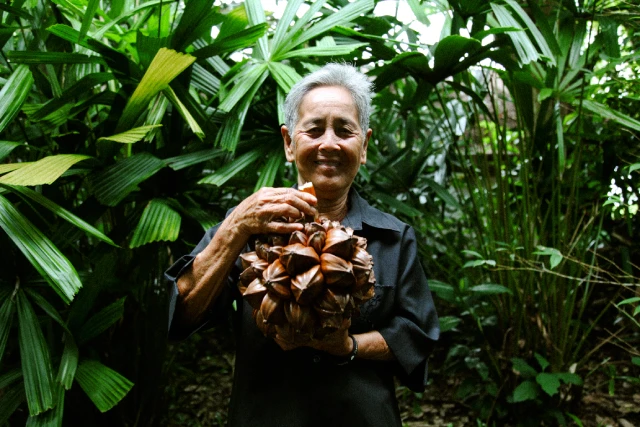
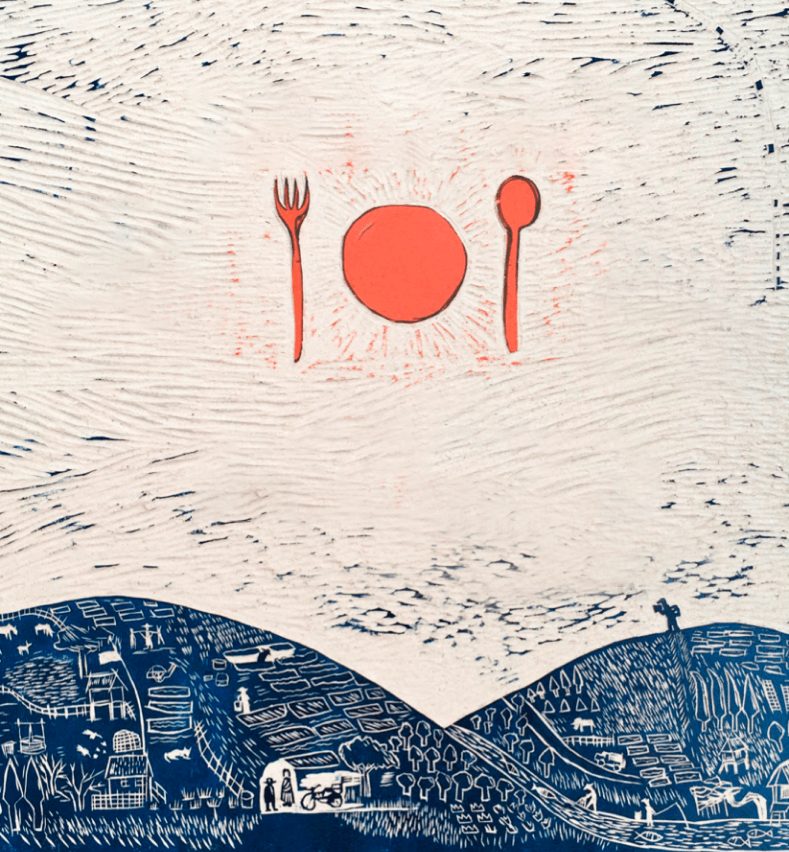
Woodcutting by Weerawut Kangwannavakul
The poster, a truncated version of an original woodcutting by Thai artist Weerawut Kangwannavakul, was titled simply “Gastronomy Journey” The artwork reflects the four pillars as being experienced as a
“journey”, co-created by the tourist and the host community in which they come together in a place-based approach that captures local character. Central to the artwork is a tourist and host depicted as
coming together in an agricultural setting, in which various forms of sustainable food production can be seen as part of a cultural landscape. In the original artwork, an airplane traversesthe sky, flying above a bright orange sun flanked by a fork and a knife, further reinforcing the linkages between agriculture, tourism, cuisine, and art.
Visit our artist LEARN MORE Portfolio | Nujo Art and Farm (jimdosite.com)
Collection of Our Research Initiatives


VALUE AND WELCOME the inclusion of young generation and all genders to express their creativities through art of food. Our Research depicts “Gastronomy goes far beyond just what is “on the plate”.
Thai Performing Arts and The Art of Food:
Artisan chef and performing art students explore the selected territorial assets, including cultural, heritage and historical traditions (food, crafts, folklore, visual arts, drama, literary references, and historical sites) and natural resources (landscapes flora, fauna, physical and social spheres of production). Together, they tested a place-based approach that capitalises on distinct local characteristics that define a particular place. A creative research process demonstrated how to turn local assets into a theater where senses of place was told through Thai performing arts, designing for an extraordinary pairing with local gastronomic delicacies designed by the chef.
INVEST in young artisans to accelerate innovative enterprises which contribute to a better quality of life in regions by highlighting distinctive food cultures, educating for better health and sustainability, and stimulating the development of gastronomic related produces/products/initiatives.
Our interactive research method through a well-designed creative camp helps stimulate innovative ventures. Using local gastronomic highlights is an exciting and dynamic way to foster entrepreneurship and innovative thinking. Our creative camp for innovative ventures has proven to extend to this immersive experience, designed to ignite young entrepreneurial spirit and cultivate innovative ideas. Through interactive workshops, team collaboration, mentorship sessions, and inspiring activities, the research embarks on a journey to develop and refine groundbreaking business concepts. Our research goal was to provide local artists, local chefs and skilled artists with the tools, resources, and inspiration to turn their ideas into successful ventures. The research process explored new horizons, connected with like-minded visionaries, and brought entrepreneurial dreams to life. One of the successful cases we are always proud of https://www.instagram.com/voravaj_official/?hl=en
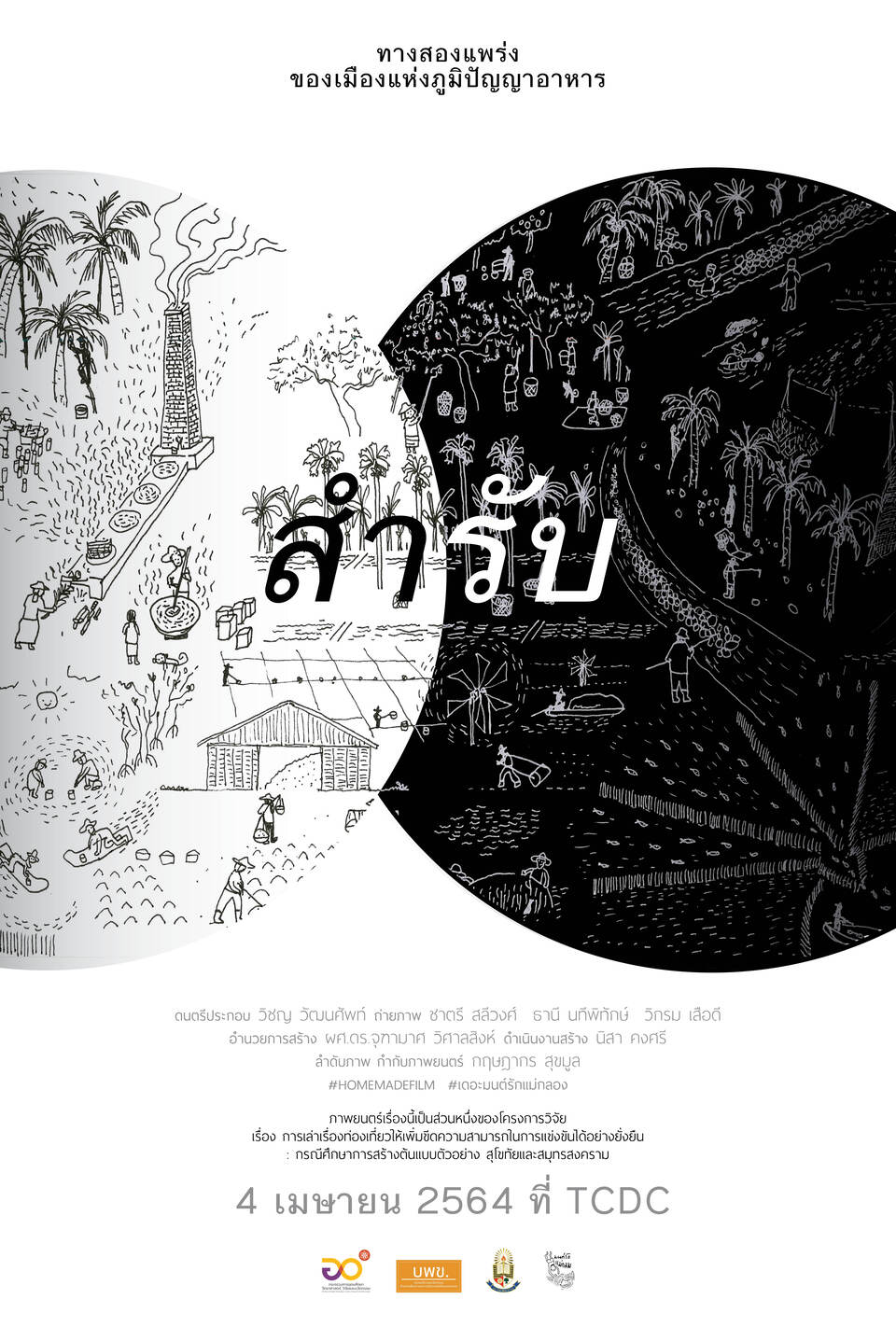
Synopsis
While the world is struggling to survive the catastrophe, many are debating about the unknown future. In this little town “Samut Songkhram”, many hands put together just wanting to have a peaceful co existence with their nature. A unique eco-system was given by its geographical location, where the river flows through the open sea. There will always be a certain period of time in the day when the sea water and river stream merge. All raised farms or orchards are adapted to this natural system. This smallest town in Thailand with a size of only 416.7 SQKM, has nurtured food supply for the entire country. Thai food needs their produces of basic and vital ingredients, coconut sugar, coconut, shrimp, or krill paste, fish source, and sea salt. With their rich soil, this is the best place for super sweet pomelo and lychee. Not many people know that they have been fed by Samut Songkhram’s people.
This documentary film depicts a simple daily life that is in danger because of the fast-changing pace of urbanisation. Current food security narratives must re-look at the traditions developed over centuries forming the vital ‘DNA’ of food cultures and how local people learn, adapt, and simply just listen to nature.
Message from IGCAT
On behalf of the International Institute of Gastronomy, Culture, Arts and Tourism (IGCAT), official secretariat of the World Region of Gastronomy Platform, we would like to congratulate you, the Storytelling Research Team, Homemadefilm and Monrakmaeklong for having the short film ‘Palate Planet’ selected as winner of the World Regions of Gastronomy’ category of the Food Film Menu 2021.
This acknowledgement is given not only to recognise excellent short films that showcase regional gastronomy, but also to highlight the crucial role that the audio-visual sector plays in protecting and promoting the local food and cultural diversity of Samut Songkhram, Thailand.
In a world where more and more people move to globalised diets, it is vitally important to revalue local food as part of our cultural heritage and to make it visible both locally and internationally. Gastronomic films and videos like ‘Palate Planet’ have proved to be extremely effective to communicate this uniqueness and engage audiences across the globe.
By telling local food stories, the audio-visual sector can powerfully contribute to reverse the downsizes of globalisation and climate change such as the worrying loss of biodiversity and its related traditional knowhow, that are the backbone of our regional food cultures.
Therefore, we hope that this acknowledgement will serve all of you as a stimulus to continue working as ambassadors of Samut Songkhram and, at the same time, to keep enriching your work by exploring exciting cross-sectoral synergies both within and outside your community.
IGCAT and the World Region of Gastronomy Platform will keep supporting you and the audio-visual sector by encouraging, promoting and circulating thought-provoking food films worldwide, in the common endeavour to build a more diverse and sustainable future for everyone.
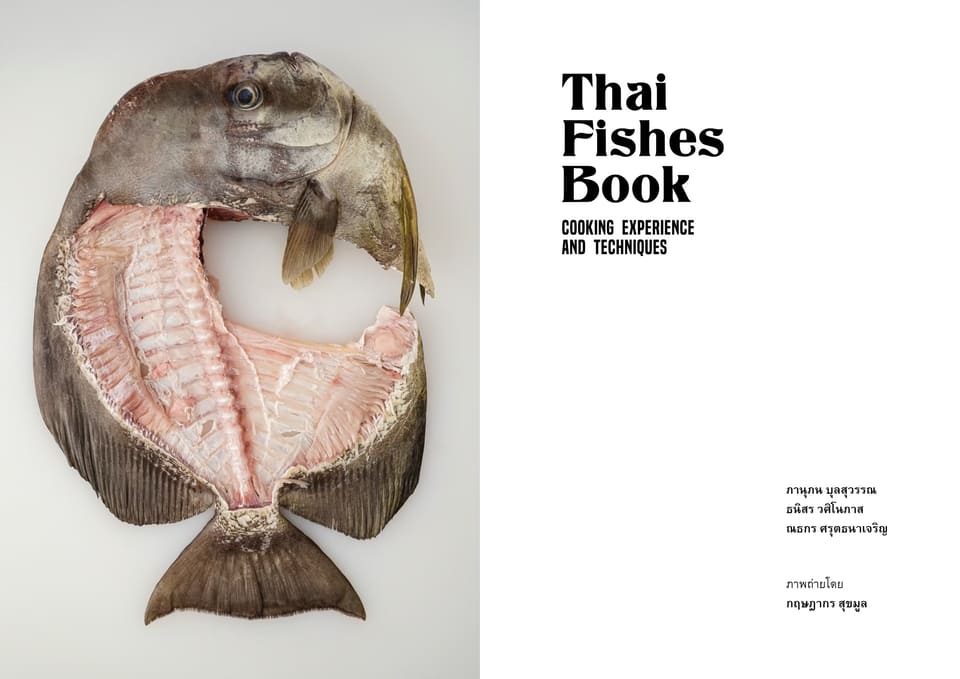
The book contains around 120 different types of Thai fish. Why did you choose to write about Thai fish?
The first reason is that I want people to know the names of Thai fish. I believe it’s essential for people to know the names of the fish they’re eating. We’re quite familiar with the names of fish from other countries, like Japan and those that are commonly imported. However, when it comes to fish from our own country, we often fall short in identifying them or even knowing their names. When we know the names of these fish, it demystifies them, making us less hesitant to buy them, try different preparations, or even ask for guidance on how to cook and pair them … Many lesser-known fish species are underutilized and end up being used for fish balls and animal food, which is such a waste. The unfamiliar appearance of some of these fish might be why people are hesitant to buy them, decreasing their value. The second reason is to empower individuals with diverse cooking techniques. I’ve included different recipes for the various fish species listed. By offering a range of cooking methods, I hope to give people the confidence to experiment with these fish in their own kitchens. This book provides detailed information about each fish: their origin, characteristics. I also cover practical aspects like how to properly handle and prepare the fish, from how to kill and pack them to deboning”. (Source Chef Black interview by BK Magazine read the full interview https://bk.asia-city.com/restaurants/news/interview-chef-blacks-new-book-puts-120-types-thai-fish-newlight)
Our Library
Food and Agriculture Organisation of the United Nations (www.fao.org)
UNWTO (Gastronomy) https://www.unwto.org/gastronomy-wine-tourism
Slow Food Network https://www.slowfood.com/
IGCAT Regions of Gastronomy Bid Book Collection https://igcat.org/projects/region-of-gastronomy-award/bid-books/
KTC https://www.ktc.co.th/promotion/dining/international/culinary-collective
Perfect link www.perfectlink.co.th
National Food Institute https://www.nfi.or.th/home.php
Research Papers
